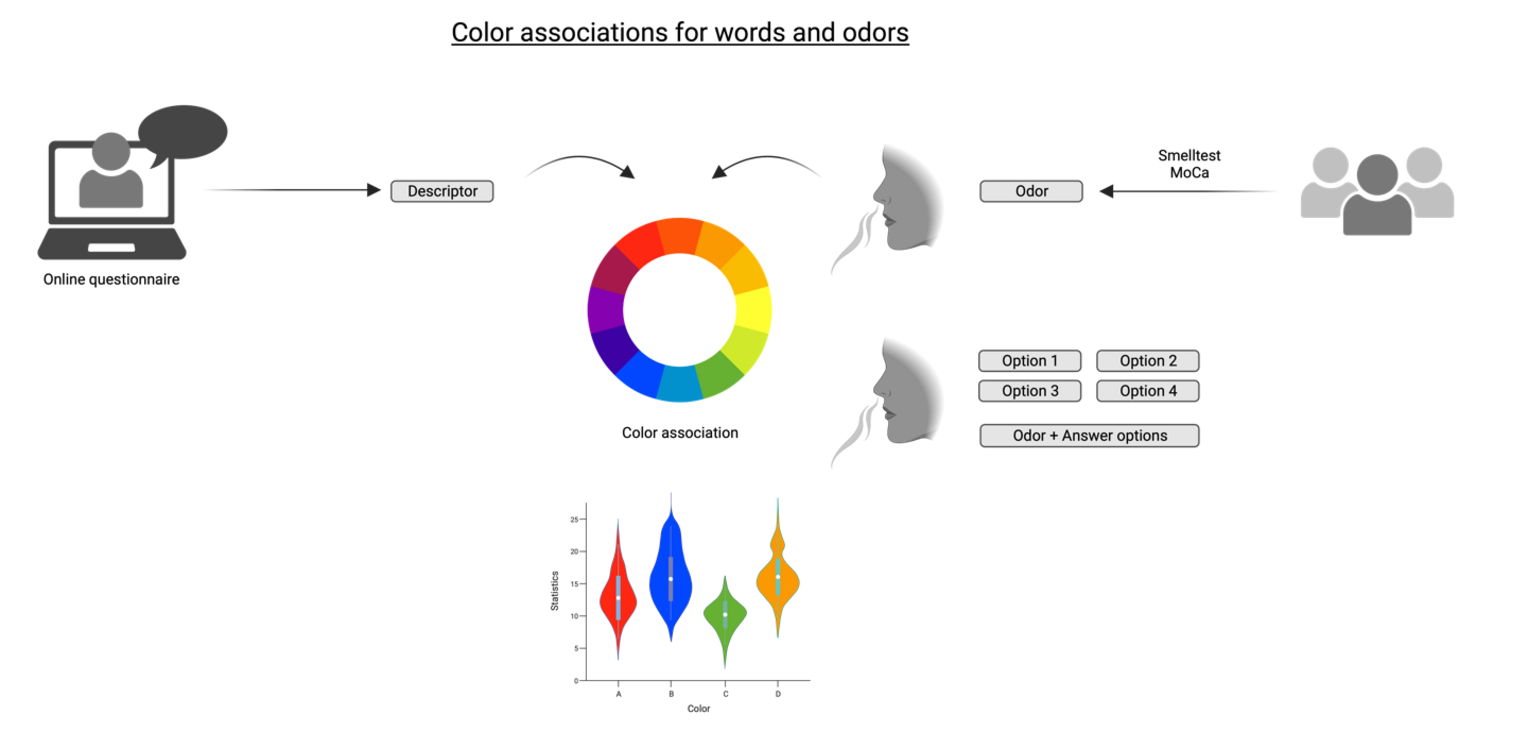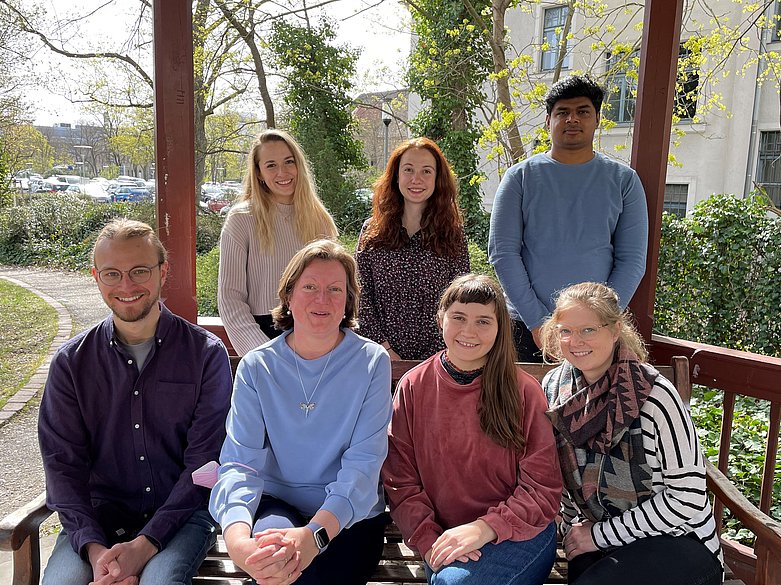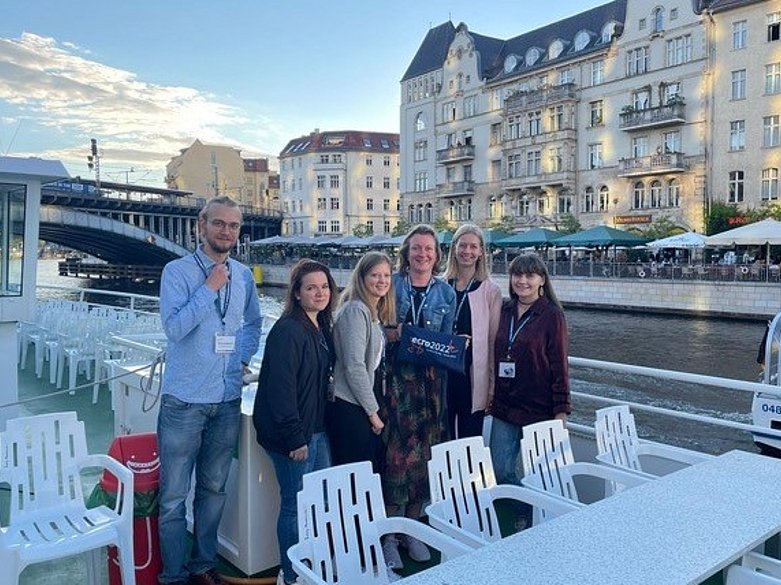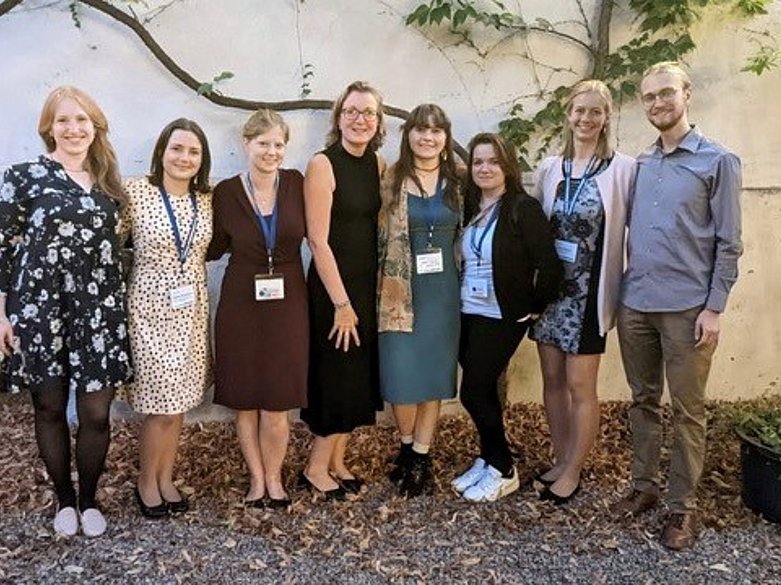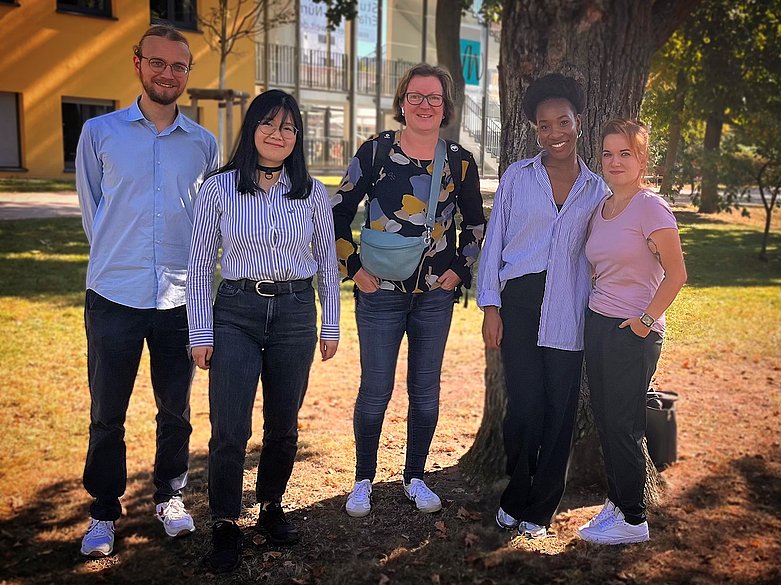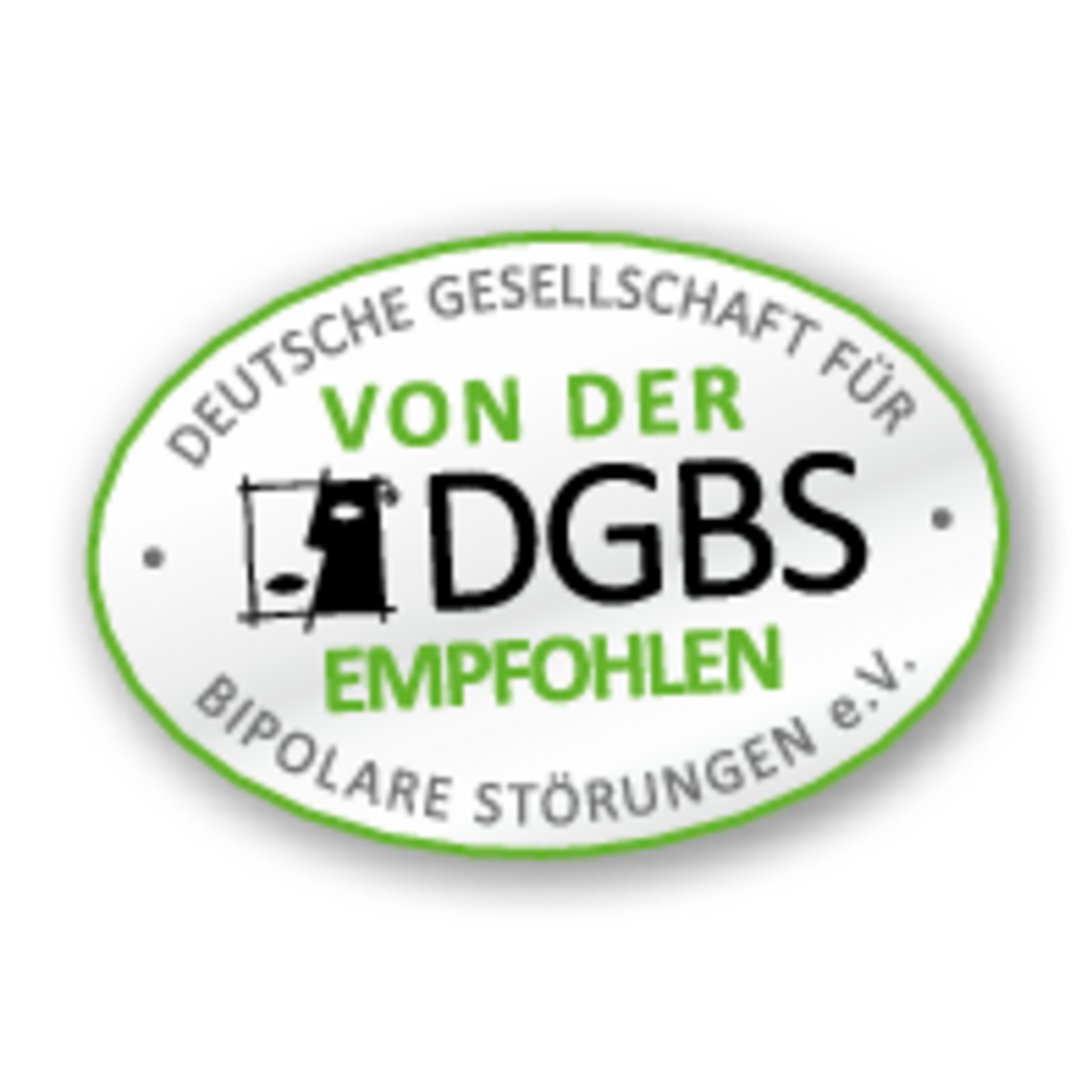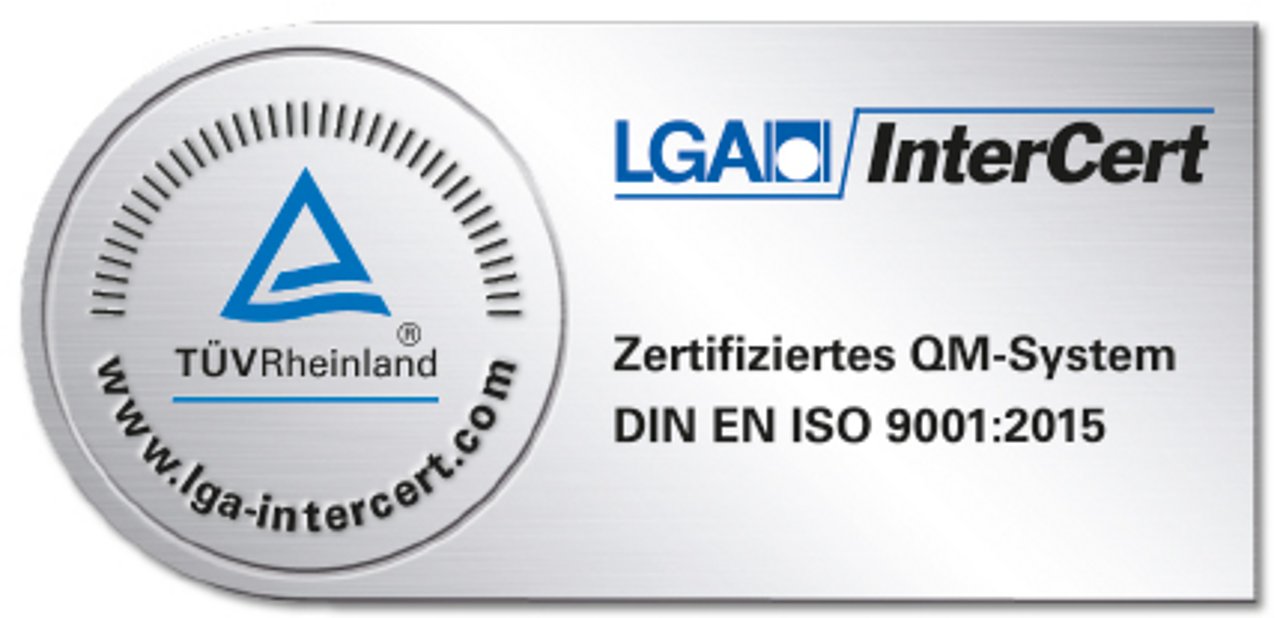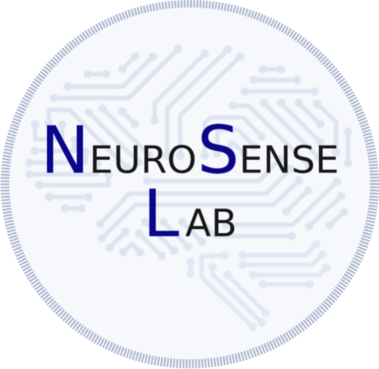
We are the NeuroSense Lab! We are interested in how odors enter our brain and how they are processed there. We are particularly fascinated by how this perception is influenced by the interaction with our other senses or external factors, and how the sense of smell can change in various diseases. The research team led by group leader Prof. Jessica Freiherr uses a wide range of modern psychophysiological, behavioral and imaging measurement methods to investigate these topics.
News
The Neurosense Lab on the long night of sciences in Erlangen
This year's Night of Science in Erlangen was also a great success for our working group. More than 300 participants came by to refresh themselves at our "gummy bear bar" and find out about our research. In addition to us, the other groups from the Sensory Sciences research cluster also presented their research, including a self-made model of an ion channel and experiments on sensory illusions. We would like to thank all visitors for their great interest and look forward to seeing you again next year!
Watch our video here: The Neurosense Lab at the Lange Nacht 2023
Projects
Physio-EEG-Toolbox for the classification of Odors typical of the personal care, perfume and cosmetics sector
Many everyday products advertise a positive effect on our emotional state - think of shower gels that promise a "calming" or "stimulating" effect. But how can these effects be proven? We are working on a toolbox that uses self-learning algorithms to combine objective physiological measurement data such as brain activity (EEG), respiration, skin conductance and heart rate with subjective perceptions of certain odors. In addition to its applicability to consumer products, this research also offers starting points for biofeedback and stress management applications.
Responsible for the project: Moritz Engelhardt
This research project is a collaboration with Fraunhofer IVV as part of the BMWi funded "Campus of the Senses" project.
Multisensory Examination of Smell Deficits in Long COVID and in Parkinson Disease Patients
Around 5% of the over 700 million people infected with COVID-19 experience persistent smell loss as a common feature of the Long Covid syndrome. Smell loss, or Anosmia, goes along with an immense reduction in quality of life and has an impact on food enjoyment, romantic relationships, hygienic awareness, recognizing sources of danger in the environment and many more areas of daily life. The aim of this project is to provide a multifaceted research approach to olfactory impairments in Long-COVID patients themselves as well as in comparison to olfactory impairment in the neurodegenerative disease Parkinson. This question will be approached by conducting behavioral and brain imaging studies and then applying statistical, machine learning and network analyses on the collected data. This research will help define the yet rather unexplored condition of Long COVID and will further allow a conclusion about how the manifestation of olfactory disorders differs for Long COVID and Parkinson patients. Another aim is to investigate correlations between anosmia and other non- motor symptoms in patients with olfactory dysfunctions, as well as the role of olfactory impairment as a potential early biomarker to predict Parkinson disease. Its variation in different phases of Parkinson disease is to be examined in a longitudinal approach. Building on previous research of this group, an additional focus of the project will be the question of differential perception of odors depending on the properties of the presented stimulus (hedonic value, bimodality, purity) and previous exposures to the stimulus. In conclusion, this work should be able to provide a thematically and methodically extensive approach to the question of olfactory perception and its impairments.
Responsible for the project: Moritz Engelhardt
This research project is funded by a doctoral scholarship from the Cusanuswerk e.V.
Color associations for words and odors
Every day, we perceive our environment through our senses. In the following project, we will investigate the multisensory aspects of vision and smell. We aim to conduct fundamental research on the associations between specific words and colors, as well as between scents and colors.
Responsible for the project: Sally Arnhardt
This research project is a collaboration with Fraunhofer IVV as part of the BMWi funded "Campus of the Senses" project.
Study
Sensory Sciences Lab
The field of Sensory Sciences investigates how animals and humans sense, neurally process and perceive their environment. This research-oriented interdisciplinary course provides important concepts, theories, and methods of the Sensory Sciences to advanced students from three disciplines (Psychology, Medicine and Chemistry - Molecular Science). These topics comprise human auditory, visual and olfactory perception, chemocommunication, psychophysics, neuroimaging, molecular sensory receptors and technologies for neuromodulation (among others). The students apply these concepts in interdisciplinary teams to develop, conduct and analyse their own small research project. While engaging in an interdisciplinary collaboration and exchange, students can share and deepen their discipline-specific perspectives and competencies as well as learn about concepts and methods from other disciplines.
The course will be taught by four lecturers, Prof. Tim Rohe (Professorship for Perceptual Psychology, Psychology), Prof. Jessica Freiherr (Professorship for Neuroscience of Sensory Perception, Medicine), Prof. Danijela Gregurec (Professorship for Sensory Sciences, Chemistry), Dr. Helene Loos (Chair of Aroma and Smell Research, Chemistry). The course will be taught in English.
Weekly, Fri 12:15 - 13:45 s.t., Oct 20, 2023 - Feb 09, 2024
Sensory Sciences Lecture Series
Once a month, the Sensory Sciences, to which our group belongs, organize the "Sensory Sciences Lecture Series". One or more guest speakers give a lecture on current research on sensory perception or on a completely different field of research. With its interdisciplinary approach, the lecture series promises new perspectives and interesting discussions with the speakers.
The lecture series takes place on the second Thursday of the month at 4:15 p.m. in room 01.020 at Henkestraße 91 and via Zoom.
Information about upcoming speakers can be found here:
https://www.chemistry.nat.fau.eu/aroma-smell-research/sensory-sciences-lecture-series/#sprungmarke2
Methods
- Olfactory stimulation using Sniffin' Sticks, bottles, olfactometer and gustatory stimulation using gustometer
- Multisensory stimulation by combining chemical stimuli with visual, auditory or trigeminal stimuli
- Behavioral measurements: threshold, discrimination, identification measurements, evaluation of odorants, reaction rates
- Psychophysiological methods: electrodermal measurements, cardiovascular, respiratory response to sensory stimuli, facial expression analysis, eye tracker
- Neuroimaging methods: Electro-/Magnetoencephalography (EEG/MEG), functional magnetic resonance imaging (fMRI)

